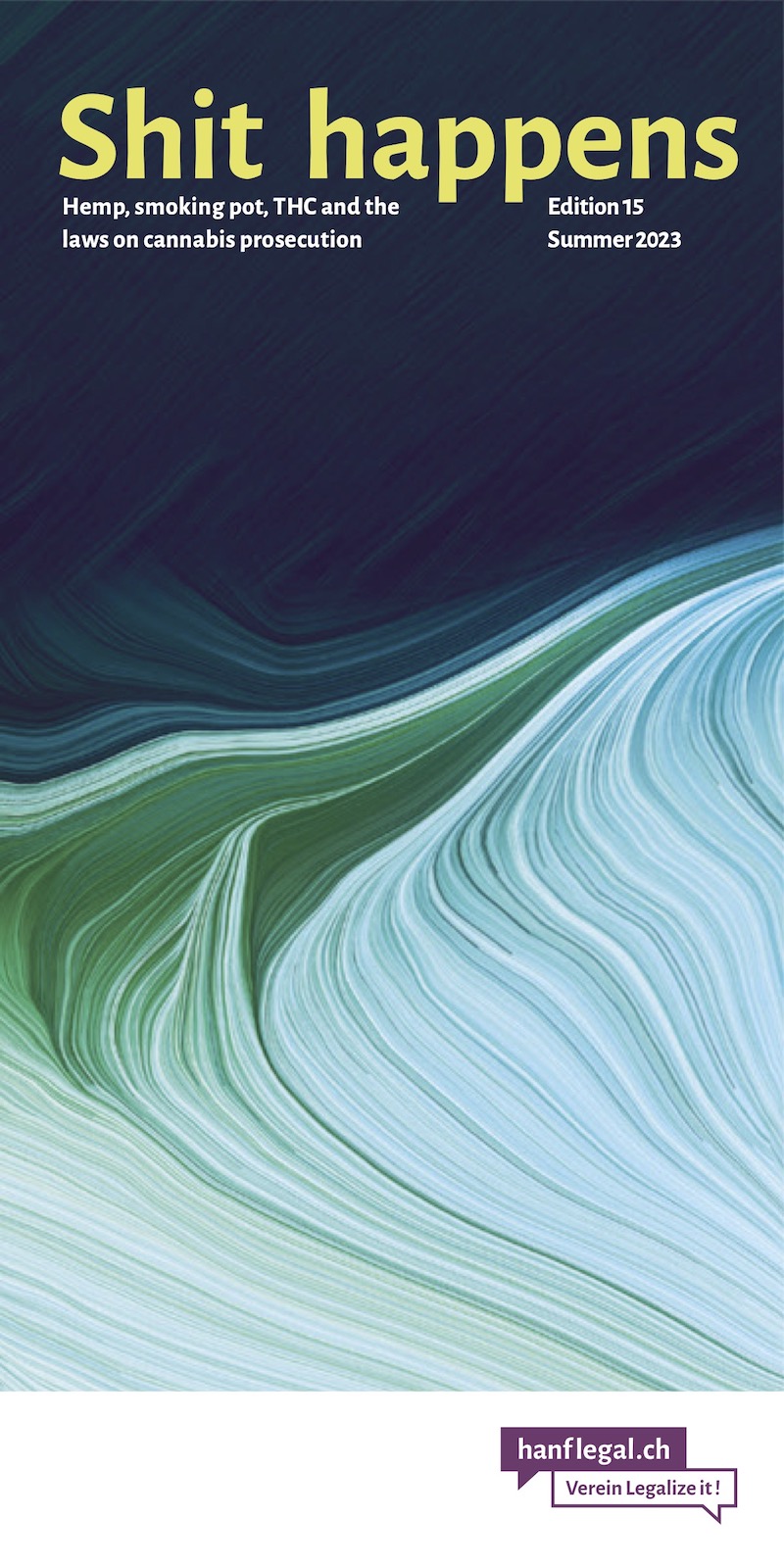- THC & Law:
Legalization variant part 3: consumption
Youth protection
The sale of cannabis to those under 16 should be prohibited.
Purchase, possession and consumption are not prohibited: We do not consider the criminalization of young people to be expedient.
We consider a partial ban on advertising as for tobacco to be sensible and effective. However, the printing of advertising, e.g. in trade journals, must of course remain possible.
Several studies document that the consumption of cannabis among young people does not increase after legalization(Wayne Hall, USA 2020, Emily Kan, USA 2020 and Lisa Hawke, Canada 2020 ).
Where may be consumed?
Depending on the form of consumption (e.g. eating versus smoking), the consumption of cannabis should be allowed everywhere where consumption is generally allowed. For example, smoking cannabis should be allowed everywhere (outside or in a fumoir), except in smoke-free zones.
In Canada, for example, there are restrictions on this in the vicinity of schools and other places where children and young people primarily spend time (e.g. kindergartens, playgrounds).
The municipalities and cantons are responsible for concrete regulations.
✘ No maximum quantity
No quantity limits on THC and THC percentage! Quantity limits can ensure that the black market continues to exist.
Whether someone never has more than 2 grams weed in the house or whether someone enjoys a 20 gram slab of hash for months, says nothing about consumption. Above-average amounts should lead to constructive mechanisms outside the law, such as a reference to a counseling service.
✘ No mandatory courses
We reject mandatory courses. Of course we are in favor of educating users, but at eye level in an appropriate format, for example through a website and/or brochure. In the context of a Cannabis Social Club, a personal conversation would be conceivable and probably more effective.
Road traffic / driver's license
Evidence suggests that cannabis use has an impact on road traffic(Hartman, USA 2013). The risk appears moderate, and some studies find no increases in the number of traffic accidents(Santaella-Tenorio, USA 2020).
The best strategy seems to be to educate about the risks so that people decide not to drive after cannabis use(Lensch, USA 2020).
If an inability to drive is determined, whether from cannabis use or other reasons, individuals should not participate in road traffic.
See also: Bucher, Switzerland 2020.
Health protection
Consumers should be educated about health-related topics such as typical dosage, possible forms of consumption or common mistakes.
For example, eating cannabis allows users to avoid the health harms of smoking, but is often more difficult to dose.
Pregnant women should generally refrain from using cannabis(Singh, Canada 2019).
Support our work with a donation:
Bank transfer
Account number (IBAN):
CH02 0900 0000 8709 1354 3
Full account details
Or scan this QR code with your eBanking App (ZKB, Revolut, Postfinance, …):

Or open/share the QR code as PDF file with your eBanking App.
Credit card
Donate via credit card
Verein Legalize it!
Quellenstrasse 25
8005 Zürich
Threema ID 7NH65RBY
Don’t miss anything! Follow us on social media:
